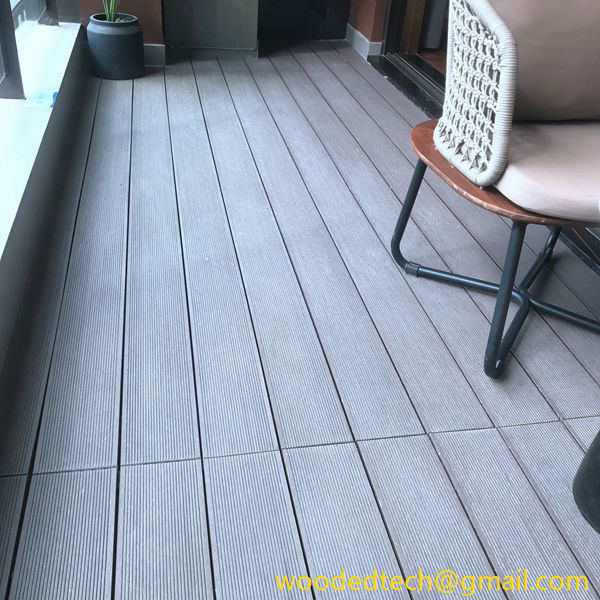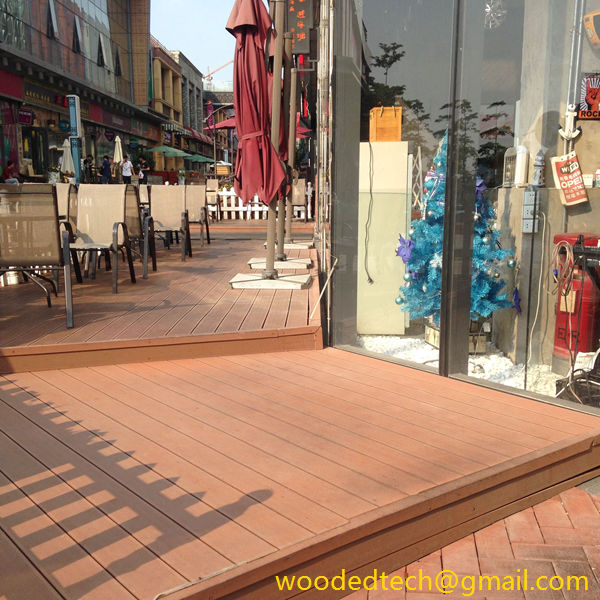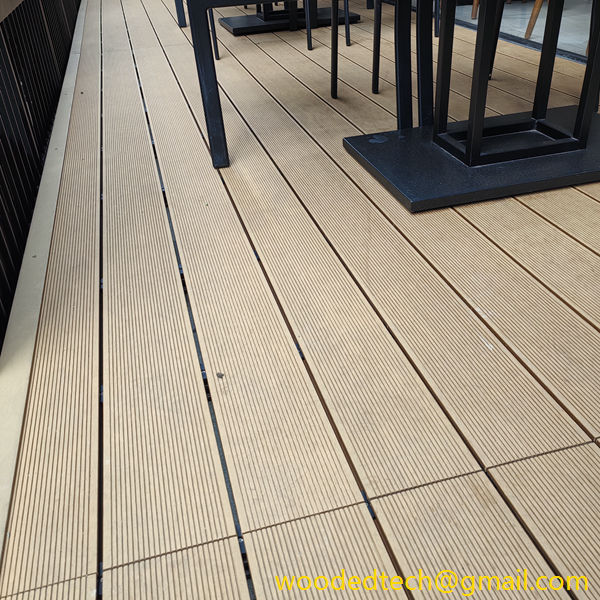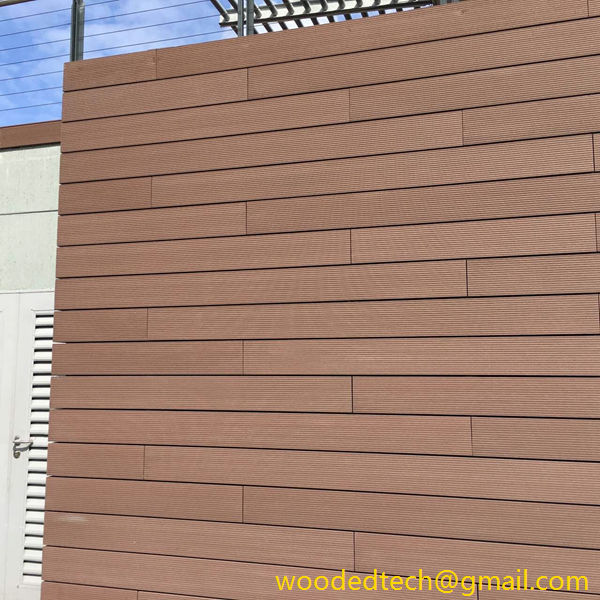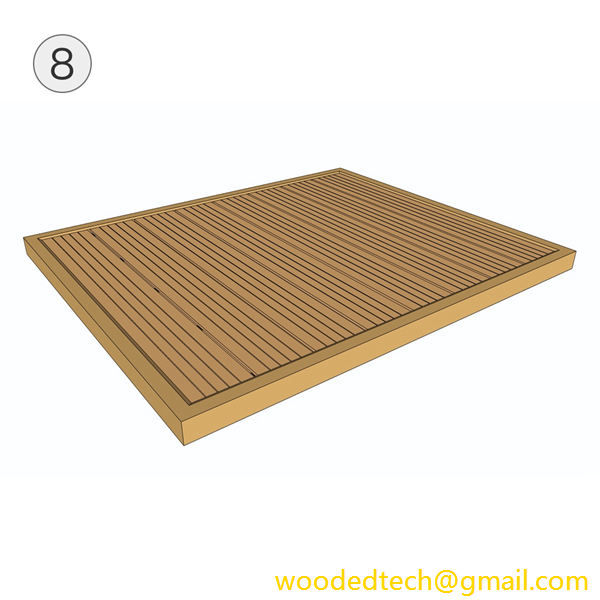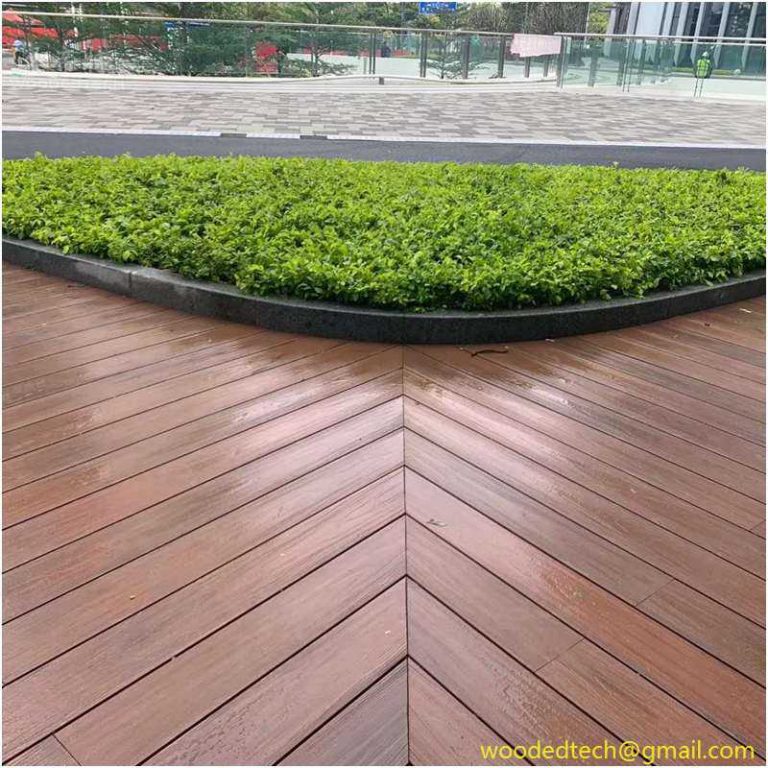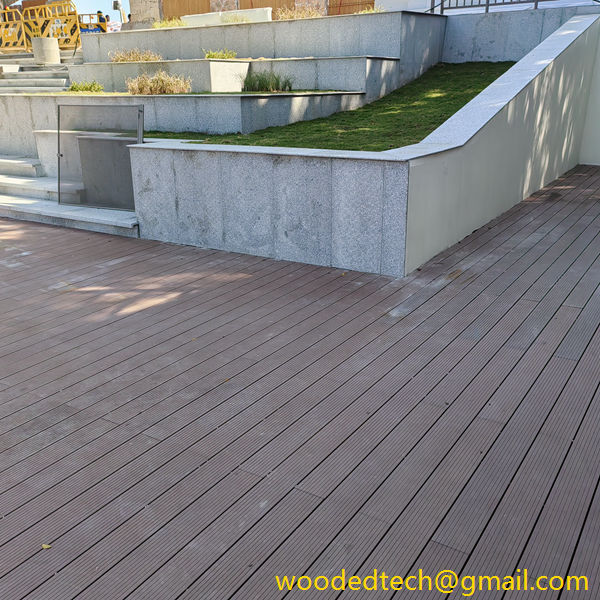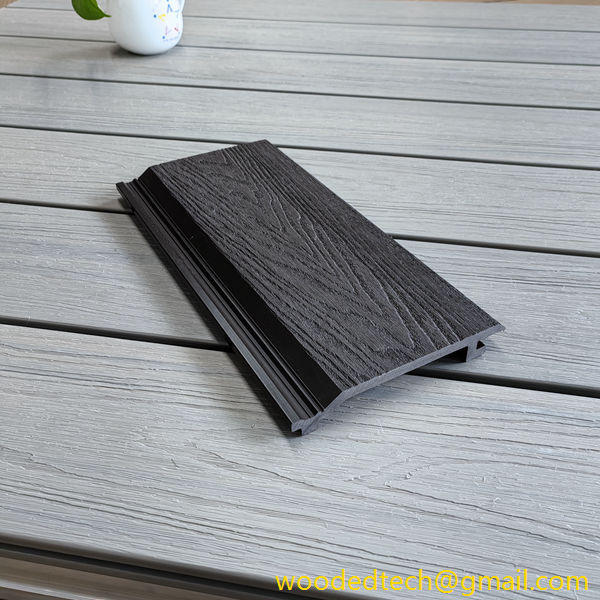How Much is a Composite Deck: Factors Influencing the Price of a Composite Deck
How Much is a Composite Deck: Factors Influencing the Price of a Composite Deck When considering the installation of a composite deck, one of the first questions that arises is the cost. Understanding how much a composite deck costs involves examining various factors that influence its price. This article aims to explore these factors, making…
How Much is a Composite Deck: Factors Influencing the Price of a Composite Deck
When considering the installation of a composite deck, one of the first questions that arises is the cost. Understanding how much a composite deck costs involves examining various factors that influence its price. This article aims to explore these factors, making it easier for homeowners to navigate the complexities of deck pricing while emphasizing the importance of easy installation.
Composite decking has gained popularity in recent years due to its durability, low maintenance requirements, and aesthetic appeal. Unlike traditional wood decking, composite materials typically blend wood fibers with recycled plastic, resulting in a product that resists warping, splintering, and fading. While the initial investment for composite decking may be higher than that of wood, many homeowners find the long-term benefits and savings to be worthwhile.
One of the primary factors influencing the cost of a composite deck is the type of composite material used. There are various grades and styles available on the market, each with its own price point. Some composite materials are designed to mimic the appearance of natural wood while offering superior performance characteristics. Higher-end composites may feature more advanced technology for weather resistance and UV protection, which can increase the overall price. Homeowners should consider what level of quality and appearance they desire, as this will significantly impact the total cost.
Another key factor in determining the price of a composite deck is the size and design of the deck itself. Larger decks require more materials and labor, leading to higher costs. Additionally, custom designs that include features such as multi-level structures, built-in seating, or intricate patterns will also increase the overall price. It is essential for homeowners to carefully plan their deck layout and consider how they will utilize the space. By opting for a more straightforward design, homeowners can potentially save on both materials and installation costs.
Labor costs are another critical consideration when evaluating the overall price of a composite deck. Installation can be complex, particularly for homeowners who choose to hire professionals. The cost of labor can vary depending on the region, the complexity of the project, and the experience of the contractor. In some cases, homeowners may decide to undertake the installation themselves to save on labor costs. However, it is important to assess one’s own skills and experience with DIY projects, as improper installation can lead to costly repairs down the line.
The cost of additional materials and accessories can also influence the price of a composite deck. For example, homeowners may wish to include railings, lighting, or other features that can enhance the functionality and aesthetic appeal of their deck. These additional components can add to the overall cost, so it is essential to factor them into the budget from the outset. Additionally, considering the long-term maintenance costs associated with different materials can help homeowners make informed decisions that align with their financial goals.
Geography plays a significant role in influencing the price of a composite deck as well. Depending on where you live, material prices and labor rates can vary significantly. In urban areas, where the demand for construction services may be higher, labor costs might be elevated. Conversely, in rural areas, there may be fewer contractors available, which can also drive up prices. Homeowners should research local pricing trends and obtain multiple quotes from contractors to ensure they are getting a fair deal.
Another aspect to consider is the timing of the deck installation. The demand for outdoor construction, including decking projects, tends to peak during the spring and summer months. If you plan to build your deck during these busy seasons, be prepared for potentially higher prices due to increased demand. Alternatively, scheduling your project during the off-season can lead to cost savings, as contractors may offer discounts to fill their schedules during slower months.
While the initial costs of purchasing and installing a composite deck can seem daunting, it is essential to consider the long-term value it provides. Composite decks are known for their longevity and require minimal maintenance compared to traditional wood decks, which need regular staining, sealing, and repairs. This reduced maintenance translates into savings over time, as homeowners can spend less on upkeep and replacement materials.
In conclusion, determining the cost of a composite deck involves examining several factors, including the type of material, size and design of the deck, labor costs, additional features, geographical location, and timing of the installation. By understanding these influences, homeowners can make informed decisions that align with their budget and preferences. While the initial investment for a composite deck may be higher than traditional wood options, the long-term benefits, including durability and low maintenance, often justify the cost. Homeowners can enhance their outdoor living spaces with a beautiful, functional composite deck that will serve them well for years to come. With careful planning and consideration, it is possible to achieve a stunning outdoor area that meets both aesthetic and financial goals.

